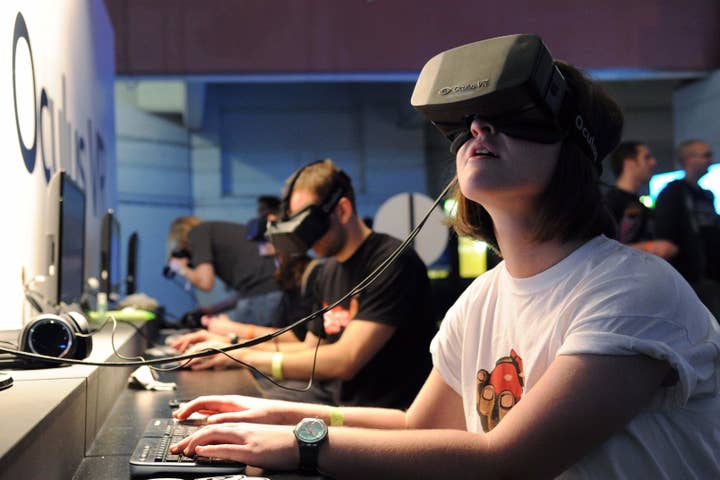Google's tips for VR development
Chief game designer Noah Falstein pushes devs to start simple with Google Cardboard
As part of his session at this year's Casual Connect in San Francisco Noah Falstein, chief game designer at internet giant Google, shared his key tips for virtual reality game development.
"The nice thing about the games industry that I'm pleased to see is just as strong as it was 30 years ago is that when we stumble into new territory like this people tend to be very open and share this stuff," he said.
"It would have been easy for these guys from Valve and Samsung and Oculus to say 'no, we're going to keep this all secret,' but I love the fact that we're all going out and sharing with each other and if anything I'm seeing more of this with VR than I've seen it in quite a while."
He suggested developers read up on the "stage line" a term in filmmaking that refers to an imaginary line used to help guide filming close ups in scenes where characters are speaking to each other.
"Whether it's a head mounted display connected to a cord or something cordless and mobile we have to worry about tiring the player more so than we did when you're sitting at a PC with a mouse or using your phone," he warned, adding that people were no longer going to be able to play for hours.

He also suggested a comfortable viewing angle was important, as was an understanding about how people would feel comfortable moving around a virtual world.
"Lots of concerns about moving around, even if you can rotate I would recommend not doing it, not forcing somebody to stand up, not to get into an office chair that can swivel is really a good idea."
He went on to say depth cues are critical, and there were a number of elements to get right including dynamic cues (like Gandalf and the Hobbits in Lord Of The Rings) and parallax cues.
He said the toughest stuff to replicate was the physical cues people get from their own eyes and brain but getting a few things wrong could make users feel something wasn't right.
"And if you get several of those things wrong or worse you mix them up in different ways that's when you get into trouble with people having sensory problems, not being able to place it in depth or even possibly getting motion sickness."
Falstein relayed the immersive experiences that made him a convert to VR, naming the HTC Vive and Magic Leap as specific examples, but he also advised developers start simple when experimenting with the medium.
"Because you need to experiment I strongly suggest you start simple - and I'm not making a pitch for Google - but Google Cardboard, because it is in many ways the lowest common denominator, not just the power of the system because some phones are quite good, but having one button that you can't even activate incredibly quickly, that is the lowest common denominator in gaze and interface," he said.
"And if you can make it work on Cardboard then it's actually quite easy to port it not just to other VR systems but if you want to make a game that is on both VR and Android, for example, it's a very quick way to go and not limit your market to the relatively smaller number of VR units out there."
Falstein also revealed that there were over one million Google Cardboards already out there, and called it not an ocean, but at least a "great blue lake."

